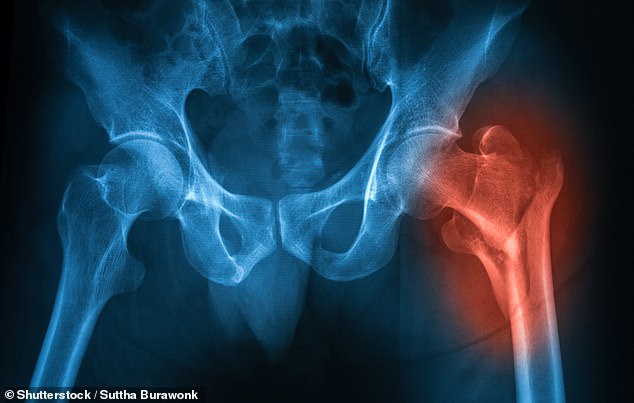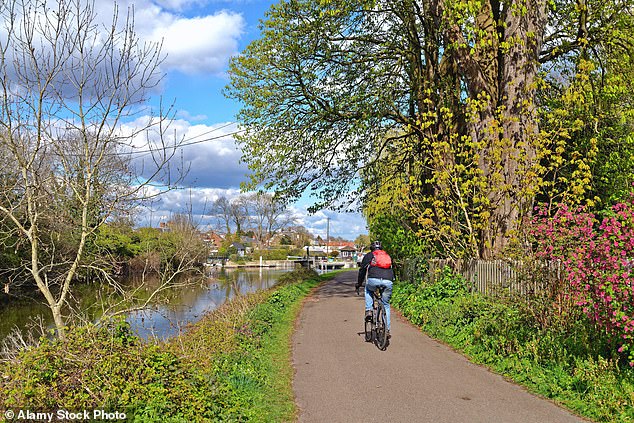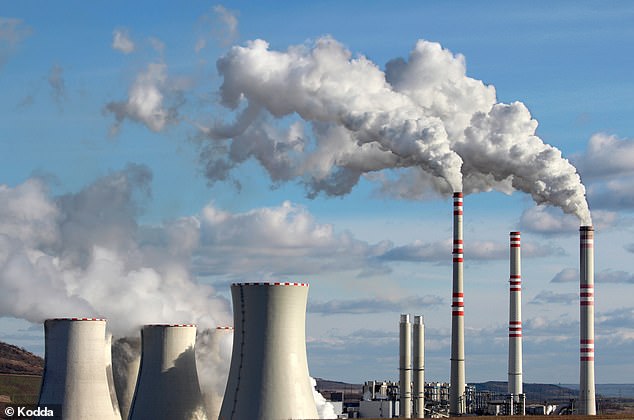- One study found that people in greener neighborhoods had greater bone strength
<!–
<!–
<!– <!–
<!–
<!–
<!–
Living in leafy neighborhoods is not only easy on the eyes, it may also reduce your chances of developing brittle bones, research suggests.
A new study has found that people who live in greener areas tend to have higher bone density and a lower risk of developing osteoporosis.
This could be a result of less air pollution which is known to cause inflammation, according to research involving almost 400,000 Britons.
Experts said trees and plants act as natural filters, removing pollutants from the air and reducing the risk for those who live there.
The researchers looked at people’s “greenness exposure” using a measure called the normalized difference vegetation index (NDV) from satellite images.

People who live in greener areas tend to have higher bone density and a lower risk of developing osteoporosis (file photo)


Being physically active was also associated with a lower risk of osteoporosis, possibly because living in areas with green space offers more opportunities to exercise (file image)
Statistical analysis revealed that people in greener neighborhoods had higher bone strength and were less likely to develop osteoporosis during the follow-up period.
The authors estimated the NDVI in steps of about 300 meters of available residential vegetation in a range of 300 to 1500 meters.
With each increase in NDVI they found an increase in bone mineral density and a 5 percent lower risk of developing osteoporosis, according to findings published in the BMJ.
Lower levels of nitrogen dioxide (NO2) pollution, typically from the burning of fossil fuels, car exhaust emissions and PM2.5 particles, were found in greener neighborhoods.


Experts said trees and plants act as natural filters, removing pollutants from the air and reducing the risk for those who live there (file image)
Previous studies have shown that exposure to air pollution can cause oxidative stress, inflammation and hormone disruption, increasing the risk of osteoporosis, the researchers noted.
Being physically active was also associated with a lower risk of osteoporosis, possibly because living in areas with green space offers more opportunities to exercise, the researchers suggest.
Noting that this is an observational study and therefore a cause cannot be established, the researchers from Central South University, Changsha, China, said: “The findings of this study present the first evidence that indicates that residential green is associated with higher bone density and a lower risk of developing osteoporosis.” .
“These findings provide valuable information on the potential of green in preventing the onset of osteoporosis and emphasize the importance of urban green in the development of effective prevention strategies.”
